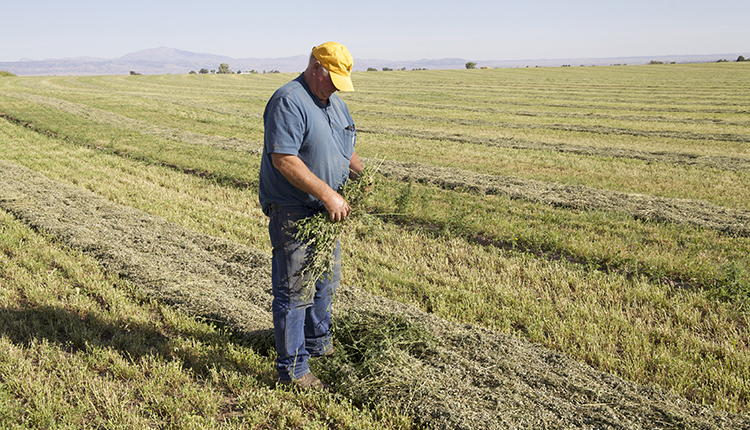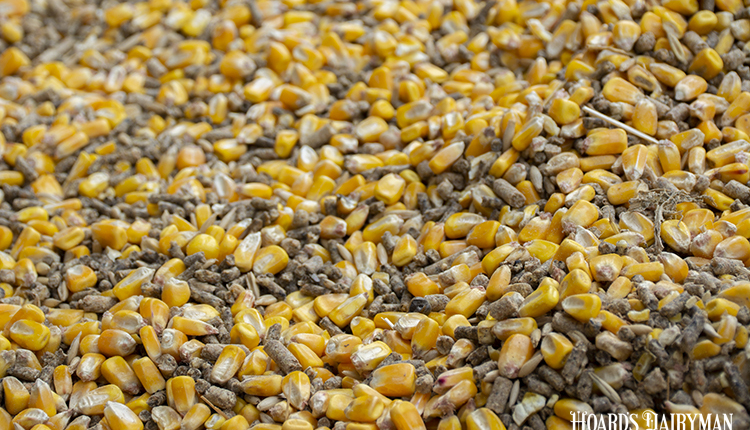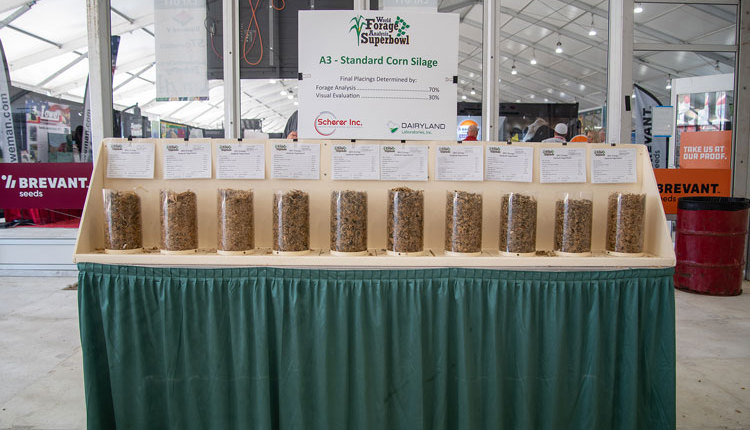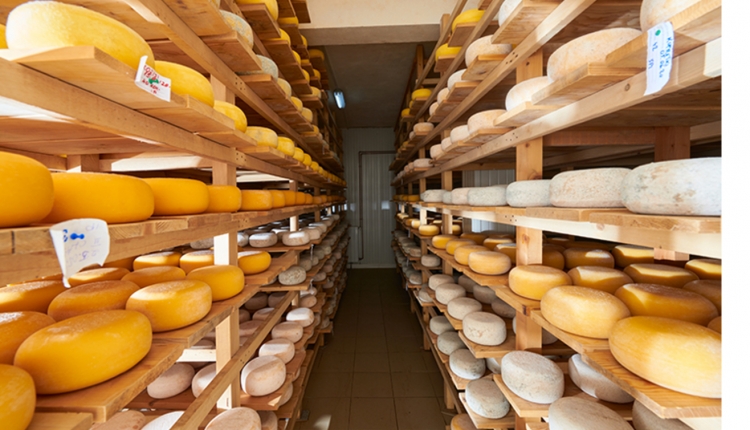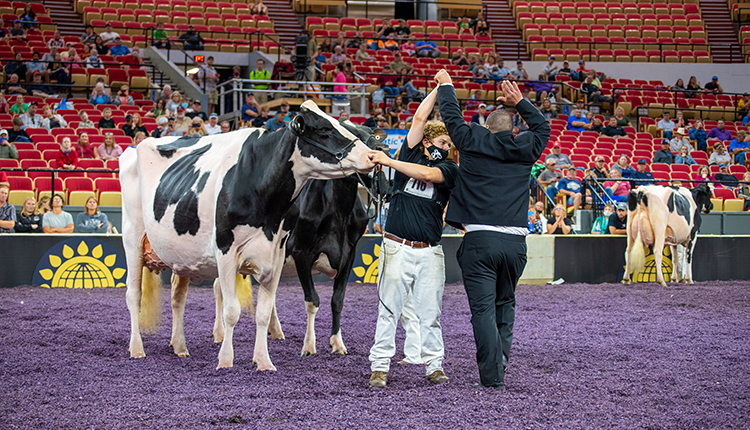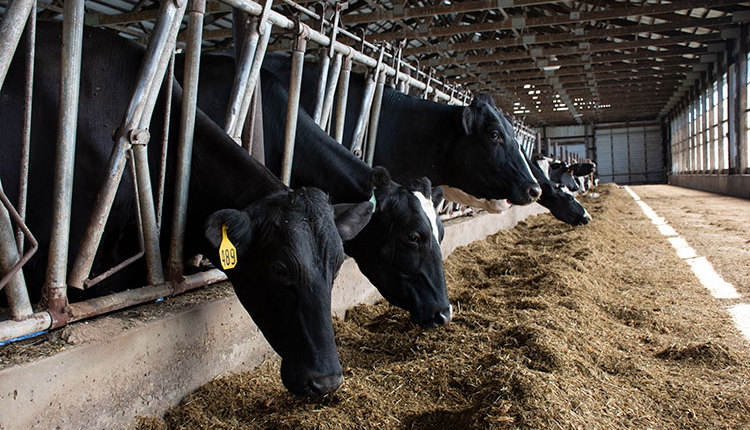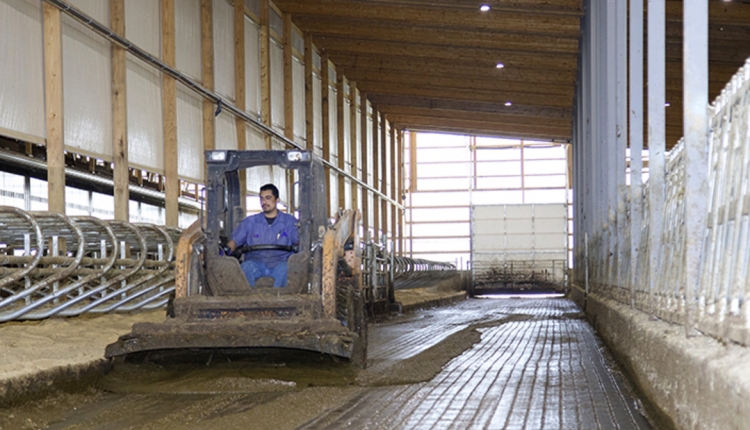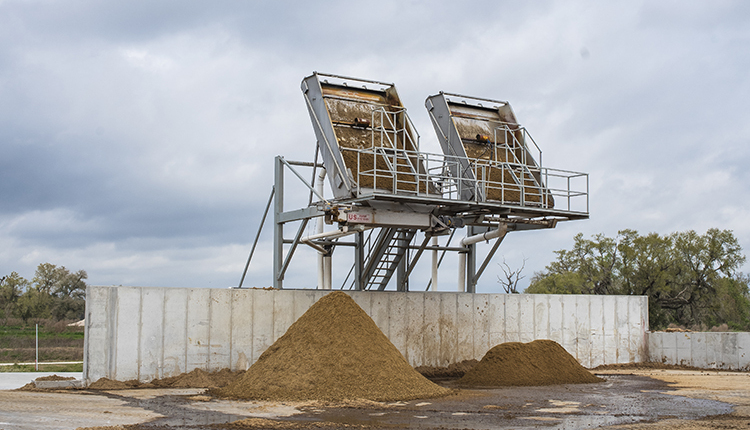
The author and her family own and operate a 130-cow dairy and crop 1,500 acres. She also is a former associate editor at Hoard’s Dairyman.
Dec. 13 2021
Like any forage, alfalfa production carries its unique challenges from seeding to feeding. Specifically, when discussing the quality necessary to provide good nutrition to high-producing dairy cows
Dec. 9 2021
As the year comes to an end, many dairy farmers have or are beginning to open 2021 silage storage and finding that it’s not feeding as well as some other years despite mostly having good fiber
Nov. 24 2021
“We don’t have robot cows and nonrobot cows,” Cornell’s Paul Virkler said as way of introducing his comments during the November 17 Hoard’s Dairyman DairyLivestream. “Cows...
Nov. 22 2021
One of the leading indicators of a good milking procedure is meeting the industry standard for two-minute flow rate. This metric indicates the amount of milk letdown within the first two minutes
Nov. 18 2021
Return 42 cents per cow per day with an investment of only a little time and effort
Nov. 4 2021
While supply chain woes continue across the United States, international shipping backups plague export efforts even as dairy products sold to the global market push toward 20% of all U.S. dairy sales
Nov. 1 2021
Next to Mexico, the countries of Southeast Asia are quickly becoming top U.S. trading partners for dairy products and ingredients
Oct. 28 2021
Ever had a cheese tea? It’s just one example of the importance of innovation of dairy products around the world according to Vikki Nicholson-West, who serves as the senior vice president
Sept. 30 2021
The World Forage Analysis Superbowl welcomed 343 entries in its 38th year. Announced at the winner’s luncheon on Wednesday were the top prizes for the best forages in the country
Sept. 30 2021
In the last several decades, the U.S. has quietly become the leading cheese exporter on the global market
Sept. 29 2021
The end of a long day of classes and placings in the Junior Holstein Show Tuesday found a pair of Senior Champions in the center of the ring
Sept. 20 2021
When global dairy export is discussed, the conversation often revolves around value and quality. More often than not, it is the availability of the product and its ability to meet regulatory
Sept. 16 2021
Success in dairy exports begins with a quality product, but that cannot be the only factor in marketing your business on a global scale
Aug. 26 2021
Because manure digesters thrive on energy rich manure, many dairies considering digester projects wonder about the operation and effectiveness of digesters run on farms that focus on feed efficiency
Aug. 23 2021
As with any vendor on a dairy farm, companies and organizations that help farms install and run manure digesters have to approach the challenges and opportunities presented with a common mindset
Aug. 19 2021
As knowledge surrounding greenhouse gas emissions continues to grow, those in agriculture have identified manure digesters as part of the solution. This technology carries a two-fold benefit of reduci
Aug. 12 2021
“It’s important that we recognize that people will experience sustainability in different ways. Like many other things in life, where you stand in life depends on where you sit"
Aug. 9 2021
As consumer focus becomes ever more focused on sustainability, dairy is presented with the challenge of sharing all the hard work the industry has already done in this space
Aug. 5 2021
Consumer pressure for food systems transformation has been accelerating for two primary reasons according to the National Dairy Council’s (NDC) Greg Miller
July 29 2021
While the dairy industry has been engaged in improving environmental sustainability, projects aimed at this goal can be both costly and capital intensive
Visit our partner publications:
Hay & Forage Grower | Journal of Nutrient Management
